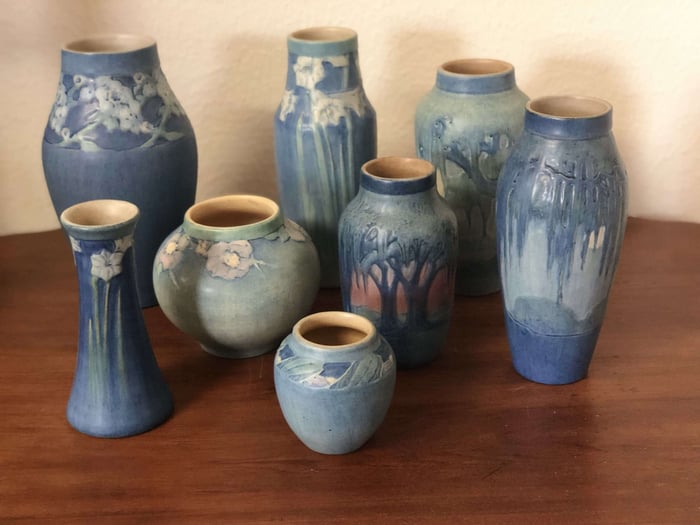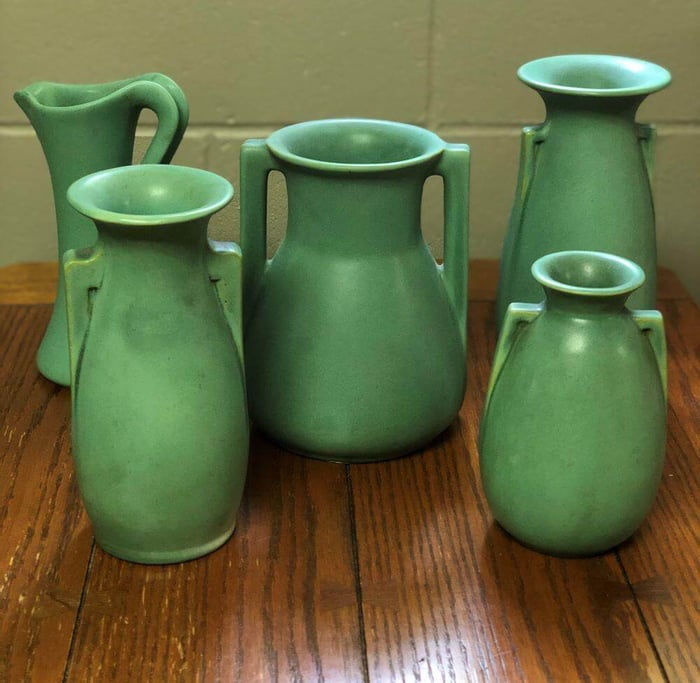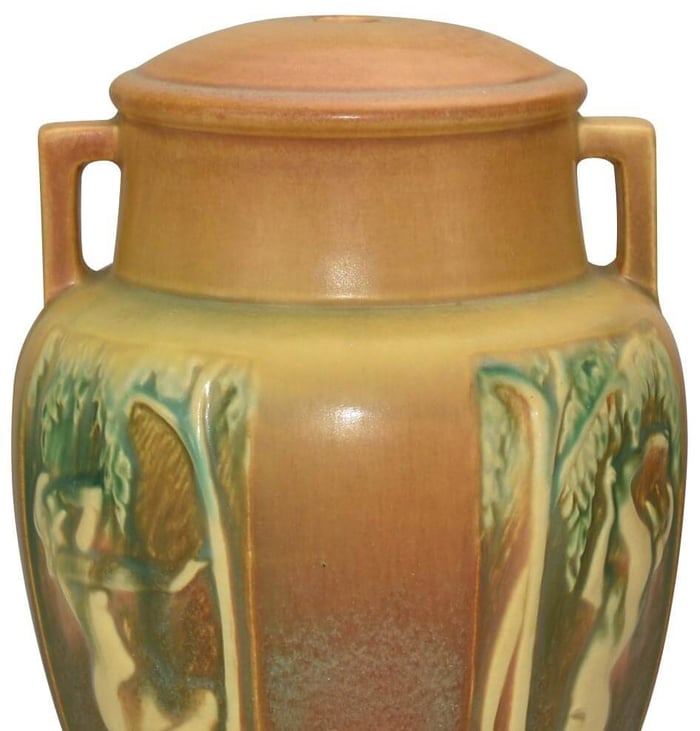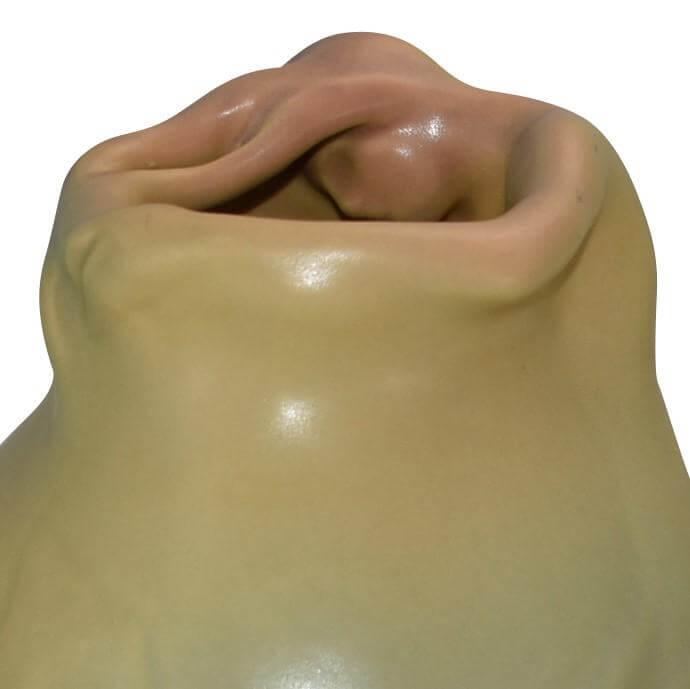The art pottery produced by Newcomb College has been a collector favorite for many years. Newcomb art pottery was typically glazed in shades of blue and decorated with natural designs of flowers, trees, and moss and moon bayous.
One of America’s true arts and crafts potteries, Newcomb College was founded by Ellsworth Woodward with the idea of introducing women to applied arts. While Newcomb is best recognized for the production of exceptional art pottery, other curriculum at the college included metalwork, needlework, and bookbinding. Skilled teachers at Newcomb College included Paul Cox, Mary Sheerer, Leona Nicholson and Frederick Walrath. Some of the recognized artists include Sadie Irvine, Harriet Joor, Anna Frances Simpson, and Henrietta Bailey.


All examples of Newcomb College pottery were one-of-a-kind. Newcomb vases were always hand-thrown and the rarely seen tiles were hand-built.
Early Newcomb College pottery remains the most sought after and highest valued pieces. The majority of early Newcomb were produced in a mirror-like high glaze, glossy finishes. Nearly all Newcomb done at this time had incised designs. The glaze colors on these early pots were usually blue and creams often decorated with yellow or white florals. However, each piece was unique with greatly varying themes and designs.

Early Newcomb forms include vases, bowls, ceramic pitchers, ewers, creamers, mugs, and tea pots. The early period of Newcomb is typically assumed to mean pieces produced up to around 1910. After this time, the majority of Newcomb produced was matte glazed and decorated.

Most pieces of Newcomb are under 8” in height. Vases 10” or more are hard to find and would be considered tall. Typically, Newcomb collectors are more forgiving about minor damage due to the rarity and the uniqueness of each piece.





